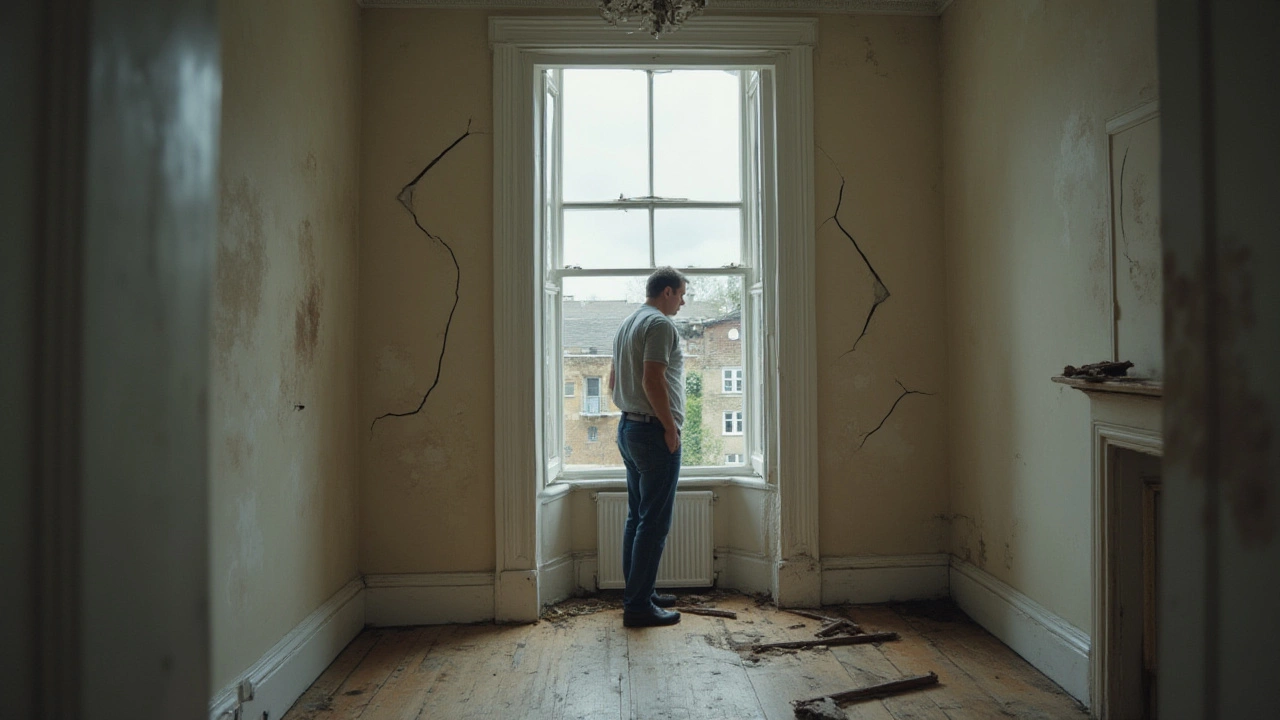Major Foundation Issue: What It Means for Your Home
When the ground beneath your house starts to move, you feel it in cracks, sloping floors, or doors that won’t close. That’s a major foundation issue calling for fast action. Ignoring it can lead to costly repairs, uncomfortable living spaces, and even safety hazards. Below you’ll find the most common signs, why they happen, and how to tackle them before they get worse.
Common Signs of a Major Foundation Issue
First, keep an eye on your walls and floors. Large vertical cracks that run from floor to ceiling, especially around windows and doors, are a red flag. Horizontal cracks near the foundation are even scarier because they suggest the soil is pushing against the wall.
Doors and windows that stick or jam are another giveaway. If a door that used to swing easily now needs a firm push, the frame may have shifted. Look at your floor level too – uneven or sloping floors can feel like a gentle tilt when you walk across a room.
Exterior clues matter as well. Gaps between the foundation and the siding, or bricks that look like they’re pulling apart, often point to movement underground. If you notice water pooling near the foundation after rain, that excess moisture could be expanding the soil and adding pressure.
Effective Solutions and When to Call a Pro
Small cracks can sometimes be patched with epoxy or polyurethane fillers, but that’s only a temporary fix if the underlying movement keeps happening. For a major issue, you’ll need a more permanent solution like underpinning, piering, or slab jacking. Underpinning adds new support beneath the existing foundation, while piers driven deep into stable soil transfer the load away from the shifting ground.
Before you start, assess the cause. Poor drainage, tree roots, or expansive clay soil are common culprits. Improving drainage by installing French drains, grading the yard away from the house, or fixing gutter downspouts can reduce future pressure on the foundation.
If you’re unsure about the severity, call a professional. A structural engineer can evaluate the damage and recommend the right repair method. The cost varies – simple piering might run a few thousand pounds, while full underpinning can be higher. Knowing the exact issue helps you budget and avoid surprise expenses.
First Choice Flooring Solutions often works alongside foundation specialists. Once the structure is stable, they can replace damaged flooring, level uneven surfaces, and finish the interior so it looks as good as new. Getting both structural and finishing work coordinated saves time and ensures a seamless result.
In short, a major foundation issue isn’t something to put off. Spot the signs early, address water and soil problems, and bring in experts for lasting repairs. With the right steps, you’ll protect your home’s stability and keep your living space comfortable for years to come.
Major Foundation Issues: Recognizing Structural Damage Signs and Solutions
- Gavin Whitaker
- |
- |
- 0
Cracks in your walls or doors that won't shut? Learn what really counts as a major foundation issue and what repairs could look like for your home or business.
View more